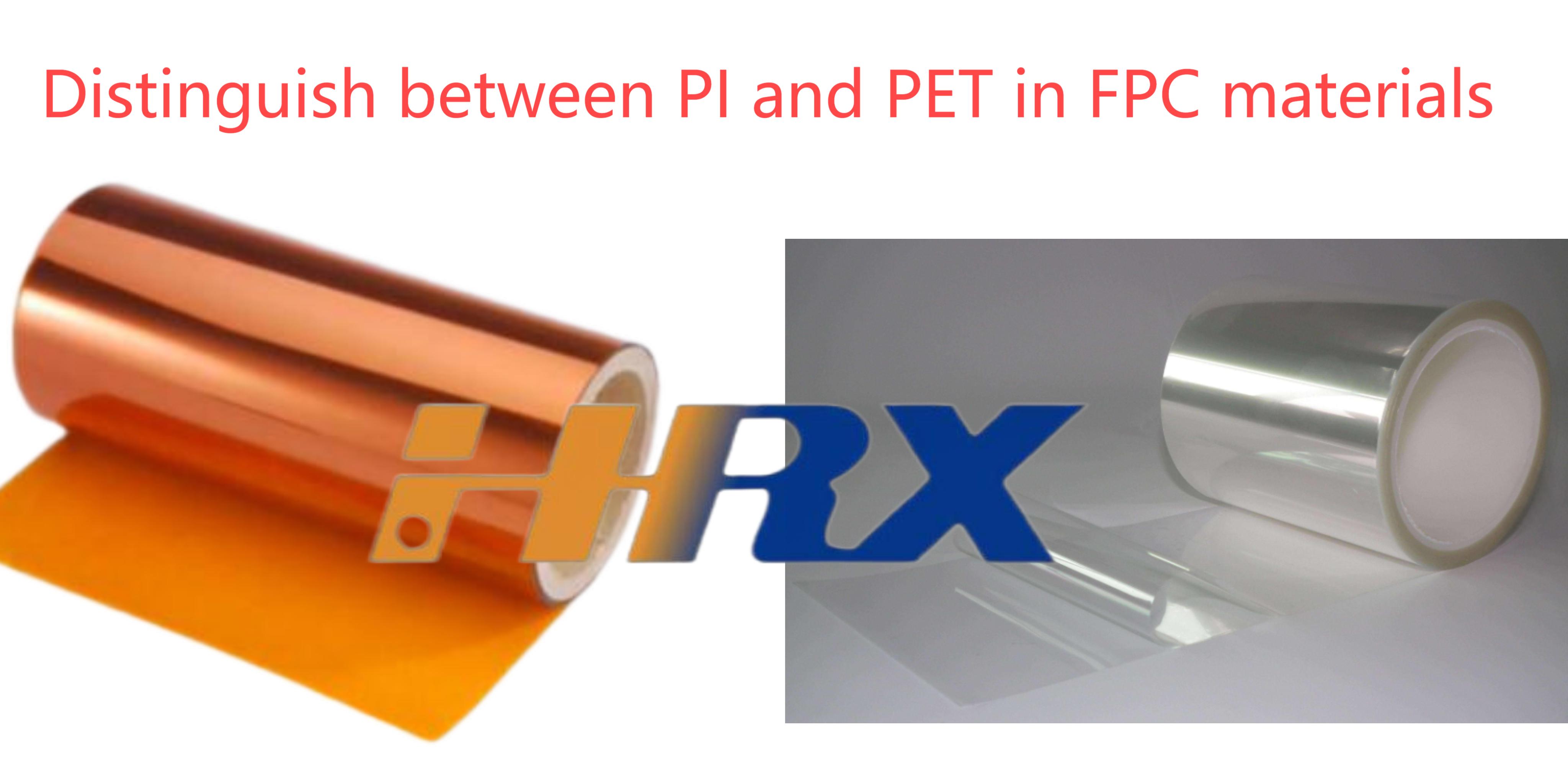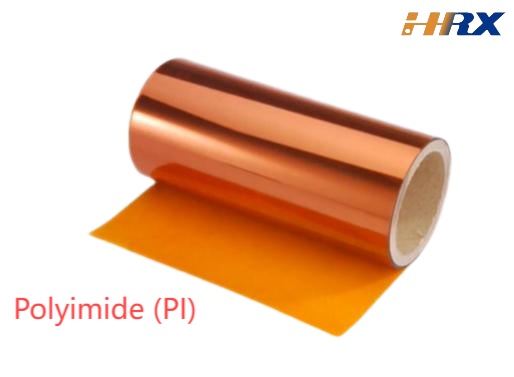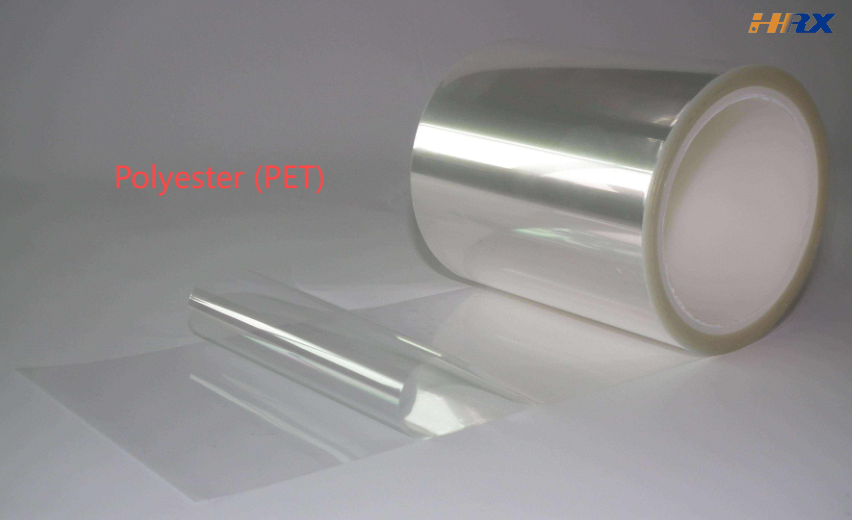Search
PI vs. PET Substrates in FPC Manufacturing: Advanced Material Analysis & Application Optimization
- Mar 17,2025
-
Share
At Shenzhen Huaruixin Electronics Co., Ltd., our decades of engineering expertise in advanced circuit solutions drives innovation in Flexible Printed Circuit (FPC) design and manufacturing. This technical guide provides an in-depth comparison of Polyimide (PI) and Polyester (PET) films, with tailored insights for designers and manufacturers seeking optimized performance.

Enhanced Material Comparison Table
Parameter | Polyimide (PI) | Polyester (PET) |
Glass Transition Temperature (Tg) | 345°C (ASTM D3418), retains 92% modulus at 200°C | 75°C (ASTM D3418), modulus degrades >60% at 85°C |
Coefficient of Thermal Expansion (CTE) | 17–30 ppm/°C (X/Y axis, IPC-2221), 70–100 ppm/°C (Z-axis) | 60–80 ppm/°C (X/Y axis, IPC-2221), 120–150 ppm/°C (Z-axis) |
Dissipation Factor (Df @ 10 GHz) | 0.0035 (ASTM D2520), stable up to 150°C | 0.0028 (ASTM D2520), optimal <85°C |
Tensile Modulus (GPa) | 3.0–4.0 (ASTM D882), anisotropic response | 2.0–2.5 (ASTM D882), isotropic flexibility |
Water Vapor Transmission Rate (WVTR) | 0.5–1.0 g/m²·day (ASTM F1249) | 1.5–2.5 g/m²·day (ASTM F1249) |
Copper Foil Adhesion (N/cm) | ≥7.0 (IPC-TM-650), withstands 288°C reflow | ≥5.0 (IPC-TM-650), limited to 245°C reflow |
Flammability Rating | UL 94 V-0 (0.025mm thickness) | UL 94 HB (0.1mm thickness) |
Surface Roughness (Ra) | 0.8–1.2μm (SEM analysis) | 0.5–0.8μm (SEM analysis) |
Key Technical Differentiators
1.Thermal Management
PI’s low CTE mismatch (17–30 ppm/°C) minimizes thermo-mechanical stress in multi-layer assemblies, critical for high-power LED drivers requiring thermal cycling (-40°C to +125°C).
PET’s high Z-axis CTE (120–150 ppm/°C) necessitates stiffener integration (e.g., 0.1mm stainless steel) to prevent via cracking during soldering.
2,Electrical Performance
PI’s stable Dk/Df profile (Dk=3.5 ±0.1, Df=0.0035 ±0.0005) ensures signal integrity in 5G antenna modules (24–40 GHz).
PET’s lower Dk (Dk=3.2) reduces insertion loss (<0.5 dB/inch) in wearable device sensors, but requires capacitive
compensation for impedance matching.
3.Mechanical Reliability
PI’s high tensile modulus (3.8 GPa) enables 0.075mm bend radius in foldable display hinges, passing 100,000+ flex cycles (ISO 13387-2).
PET’s ductile failure mode (elongation at break >200%) demands stress relief patterns (e.g., serpentine traces) to avoid delamination in automotive wire harness connectors.
4.Chemical Resistance
PI withstands sulfuric acid (98%) and methyl ethyl ketone (MEK) for 1,000+ hours (ASTM D543), critical for battery management systems exposed to electrolyte vapors.
PET requires parylene-C coating (5–10μm) to protect against aliphatic hydrocarbons in industrial IoT sensors.

Manufacturing Process Optimization
PI Lamination:
Use ultrasonic welding (20kHz frequency) for 50μm copper foil adhesion improvement (peel strength +30%).
Implement vacuum pressure lamination (500 mbar) to eliminate microvoids in 4+ layer stacks.
PET Etching:
Apply plasma surface treatment (argon/oxygen mix, 100W power) to enhance solder mask adhesion (cross-cut test >4B, IPC-TM-650).
Optimize etch factor (1.5:1) for 15μm trace/space in high-density sensor arrays.

Conclusion
Choosing between PI and PET hinges on application demands, thermal stability, and budget. At Huaruixin, we empower designers and manufacturers with technical expertise and state-of-the-art solutions. Let’s collaborate to bring your next project to life!
Connect with Us:
Visit our website: www.hrxfpc.com
Email: sales@hrxfpc.com
Follow us on LinkedIn for industry updates.
Shenzhen Huaruixin Electronics Co., Ltd. – Innovating Flexible Circuits Since 2010.
Disclaimer: The information provided is for educational purposes. For specific technical advice, contact our engineering team.

Let’s talk! We’ll provide the perfect solution for you!
-
 Huaruixin Electronics mainly produces printed circuit boards as the core business, to provide customers with one-stop solutions for FPC/PCB production, components sourcing and Assembly.
Huaruixin Electronics mainly produces printed circuit boards as the core business, to provide customers with one-stop solutions for FPC/PCB production, components sourcing and Assembly. - WHAT WE DO — PCB Design Solutions — Flex PCB Production — Components Sourcing — FPC&PCB Assembly
- PRODUCTS — Single Sided Flexible Circuits — Double Sided Flexible Circuits — Multilayer Flexible Cirucits — Rigid-Flex Circuits — FPC Assembly — PCB Assembly
- CAPABILITY — FPC Capability — Rigid-Flex Capability — PCB Capability — Assembly Capability
- Copyright © 2024 Shenzhen Huaruixin Electronics Co., Ltd. All Rights Reserved.
- Design By BONTOP


